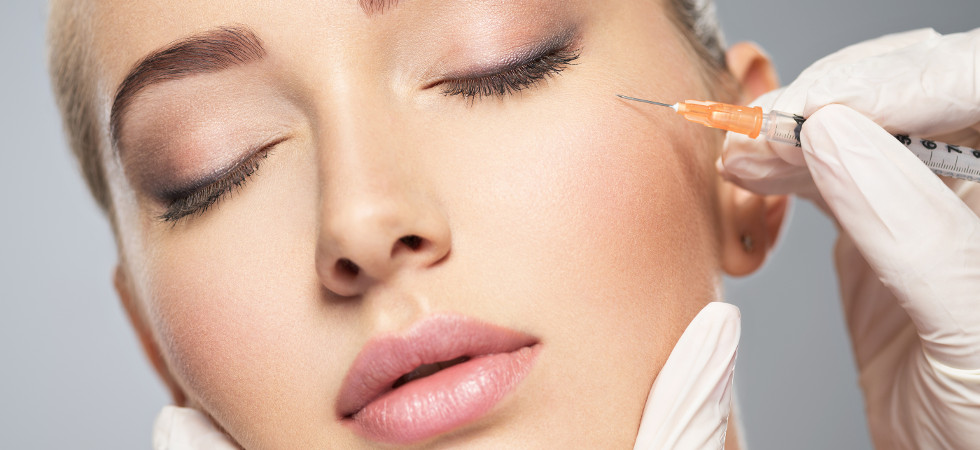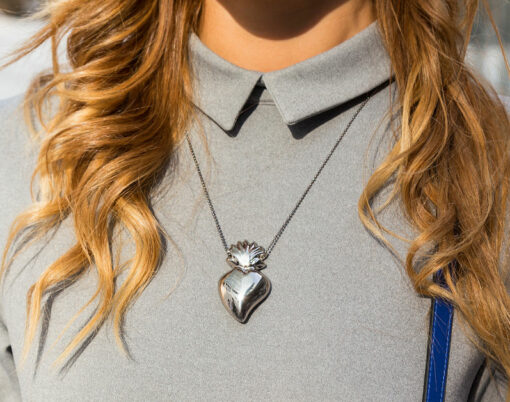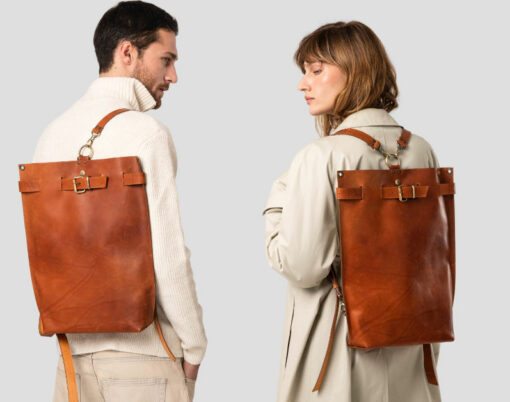We look into the fascinating history of plastic surgery and see how the various procedures conducted throughout the centuries have come to shape the society we live in today.
Everyone has an idea of what the perfect woman and man looks like, right? We each have our own, individual mental picture of what the most attractive nose would be like and what the most beautiful body shape would be. We all know just how we would ideally like to look when we check ourselves out in the mirror or post a pic on social media.
In fact, we often tend to think that these ideals we hold are completely timeless – as beautiful today as they would have been in the past. Indeed, we often think that our ideas of beauty are so incredibly perfect that they’ll also look beautiful in the future, whatever that may hold for humankind.
Interestingly though, this is not at all the case. Actually, ideas of beauty have been incredibly varied throughout human history. For instance, the Ancient Egyptians prized a totally different sort of appearance, not only in their clothes but also in face shape and body type, to, say, the Victorian Londoners of Charles Dickens’ era.
Interwoven with the history of our aesthetic ideals is the fascinating history of plastic surgery – the often radical means by which perfection has been achieved throughout the ages. Through daring experimentation, the use of weird and wonderful techniques and even the pioneering treatment of badly disfigured war veterans, the history of plastic surgery has come a very long way.
It has all led us to today’s society in which we can casually go for regular Botox treatments to keep us looking our very best. In fact, Botox alone has its own fascinating history. We have to turn the clock back many centuries to see where this amazing culture came from because it all begins with…
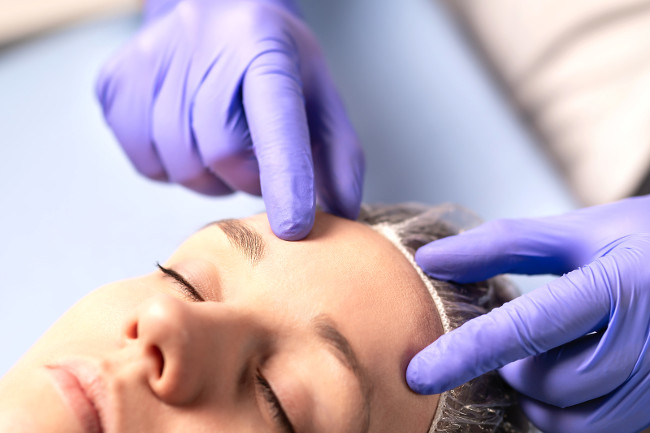
An experimental nose job in the 1400s!
A surgeon by the name of Antonio Branca did something truly phenomenal in the 1400s when he effectively helped his patient to grow a new nose using the skin of the patient’s own arm!
First, he cut some skin from the forearm in the shape of a nose. Leaving it still attached to the arm, he then stitched the skin to the patient’s existing nose. (Or, rather, whatever was left of the nose that he was trying to reconstruct.)
The next phase must have been incredibly difficult for the patient because it involved enduring a period of one to two weeks with the arm firmly attached to the front of the face!
Once the new skin had grown on to the face, it could be cut from the arm and the nostrils could be carefully reconstructed.
Although it sounds like something out of Frankenstein, this surgery was, in fact, a crucial step in the path towards plastic surgery as we know it today.
The 1800s – Skin grafts that looked back to move forward
Centuries later, the process was developed further. Rather than using the skin of the forearm, surgeons realised that they could also use the skin of the forehead to reconstruct the nose. This eliminated the difficult process of stitching the arm to the face and significantly reduced the discomfort for the patient.
Ironically, although this was a major advance in plastic surgery at the time, the technique actually came from Ancient India in the 8th Century. Skin grafting using the skin of the forehead pre-dated the work of Antonio Branca by centuries, but it had been lost over time and had to be rediscovered in an ancient text!

World wars and veterans
The First World War and Second World War both saw the use of advanced weapons systems that left veterans in need of equally advanced medical procedures. Surgeons developed new techniques to help to repair facial disfigurements that made life both physically and psychologically difficult for veterans. What they achieved made a tremendous difference to scarred and disfigured men and women and helped them return to some sort of normality after the experiences of war.
Perhaps most notably, surgeons developed the tubed pedicle graft. This was a particular type of skin graft that went beyond what had been done before. By connecting the healthy skin source to the area that was being repaired by using a special tube formed of the skin itself, the blood supply could be neatly contained and efficiently carried from one site to the other.
Late 20th-century celebrity culture
As the 20th century drew to a close, plastic surgery became more and more accessible. Celebrities started undergoing treatment for purely cosmetic reasons to enhance or preserve their beauty.
Though the Cold War was rumbling on, The West attempted to put the particular sort of global conflicts seen in the First and Second World Wars behind it and to move forward. Using the special operations and techniques that arose as a result of these wars, society began to shape itself anew. It embraced a new level of control over human appearance and developed a new appetite for cosmetic surgery.
Beautiful supermodels of the 1980s and 1990s, along with world-famous Hollywood film stars and, perhaps most extreme of all, pop star Michael Jackson popularised many procedures. From breast surgery and facelifts to careful nose re-shaping, cosmetic surgery was to be seen everywhere. Botox, in particular, became very popular in the 1990s. Believe it or not, at one time it was so much in demand that the Botox supply in the USA actually ran out!
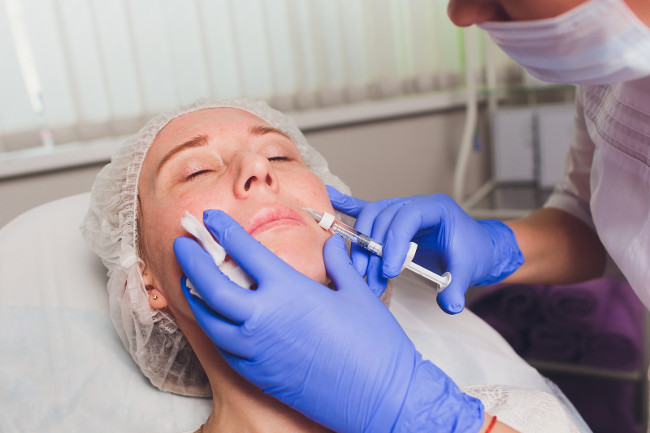
The internet age – social media and influencers
By the 2010s, the internet and its particular culture were very well established and social media was thriving. The most recent decade of human history has seen plastic surgery become widely accessible and while the cost has come down the demand has increased.
Influencers now show the results of cosmetic surgery on such sites as Instagram, Facebook and YouTube; these global platforms that communicate using photos and videos have a way of transcending language barriers. They thereby cut across former cultural barriers and create more universal aesthetic ideals.
From cheek implants to Botox treatments, lip fillers to jawline definition work, all sorts of small surgeries that would once have been the mere stuff of dreams are now financially accessible and relatively painless to undergo. Today, there are many aesthetic training courses available for those wishing to learn about such procedures as cheek lifting, brow lifting and scar correction.
As we move into the future, it’s not an easy task to predict what developments will occur in the field of human beauty. It’s clear, though, that plastic surgery will continue to make technical progress and that with it our aesthetic ideals will continue to evolve.












